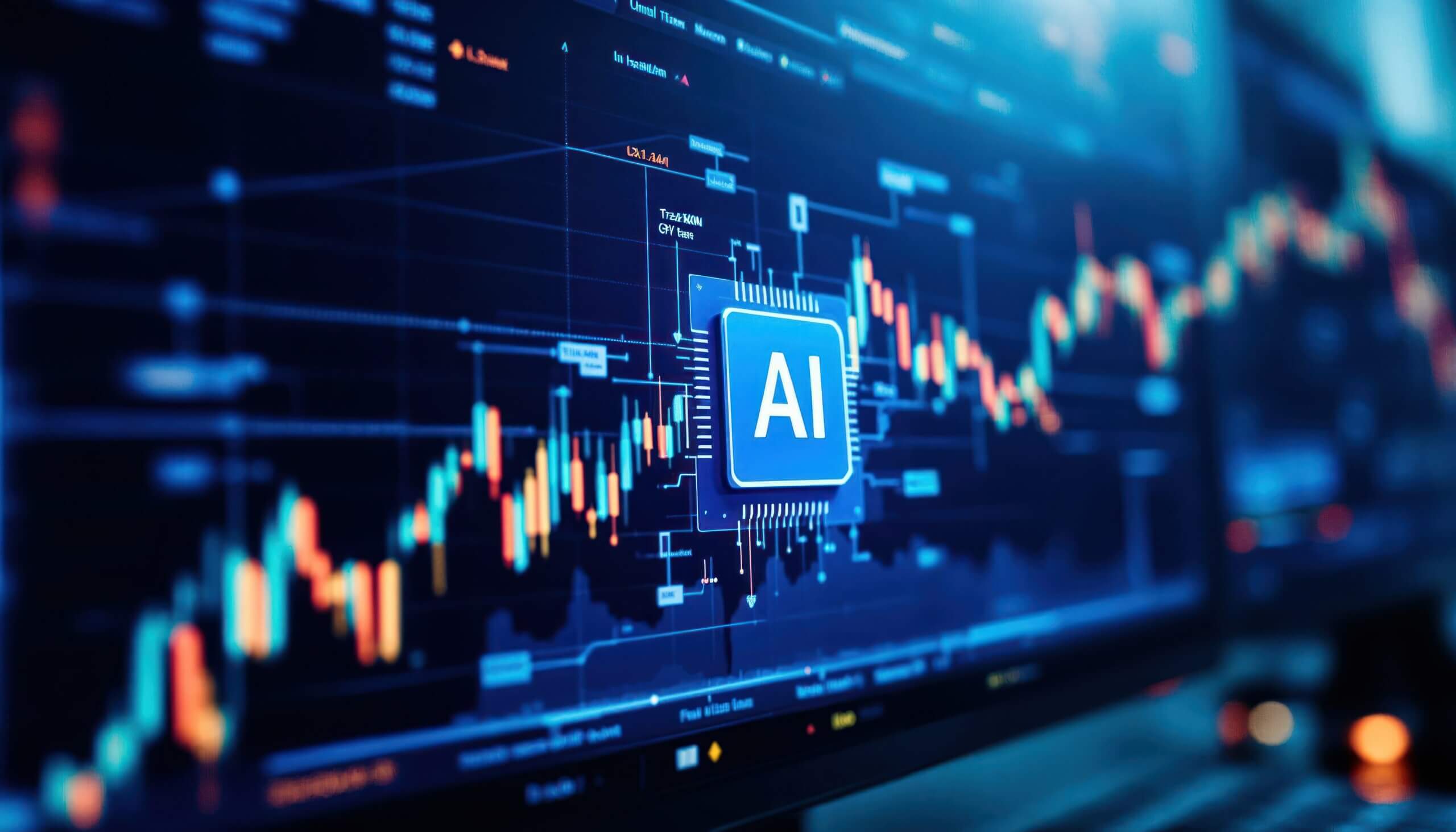AI powers how we create, publish, measure, and now, how we capture demand from AI search and agents. What used to be media buying is now machine training. What used to be SEO is now AI optimization.
In a recent interview with Filestage, I shared my insights on this fundamental shift in brand visibility. Here’s some key takeaways from the discussion.
Media Buying Has Changed: Win With Creative Velocity
New machine learning systems on channels like Meta, TikTok, AppLovin, and Snapchat perform best when they can choose among hundreds of creative variants, not dozens.
When one of our e-commerce clients scaled from 50 creatives a month to over 1,000 by automating affiliate content collection and bulk publishing, efficiency tripled and revenue followed.
This isn’t about throwing more budget at ads. It’s about building creative velocity through automation. TikTok Shop affiliates, for example, are one of the best low-cost content engines available. By sending out free samples to vetted creators and using tools like Refunnel to track usage rights, we can acquire hundreds of new creatives a month with almost no up-front cost.
That volume feeds the data ecosystem that trains models faster and keeps the brand top of mind across AI surfaces.
AI Search Is the New Word of Mouth
Search is no longer a list of blue links. It’s conversational, agent-driven, and context-aware. The Wall Street Journal reported that an estimated 5.6 percent of U.S. desktop search traffic in June 2025 went to AI-powered systems like ChatGPT and Perplexity, more than double what it was a year earlier.
If your brand isn’t visible to those large language models (LLMs), you’ll feel the drop in traffic before you understand why. That’s exactly why we built the AI Visibility Index (AIVx), a benchmark that tracks how often your brand appears across ChatGPT, Perplexity, and Google’s AI Overviews, as well as sentiment and competitor share of mentions.
In our 2025 Beauty AI Visibility Report, we found that brand size and revenue were not correlated to AI search performance. In fact, smaller, faster-moving e-commerce brands outperformed multi-billion-dollar incumbents because they were agile enough to adapt new PR, SEO, and creative tactics faster.
That’s good news for modern commerce brands. Agility now beats legacy.
We also discovered one of the most surprising signals across the data: Lemon8, a visual platform owned by ByteDance, was the most referenced social platform across beauty-related prompts in Google AI Overviews. Despite lower mainstream awareness, Lemon8 outranked TikTok, Instagram, and YouTube in frequency of citation. As Instagram content only recently became indexable by Google, this finding highlights how quickly the visibility landscape is shifting and why emerging platforms deserve attention.
How to Rank for AI (Today)
The playbook for AI visibility is built on three pillars:
1. PR as a ranking signal
AI systems reward authority. LLMs often pull brand recommendations from trusted publishers and high-quality reviews. Earn coverage in outlets your category agents trust such as Vogue, Byrdie, TechCrunch, or Forbes and you’ll see measurable visibility gains.
See an example of this in our Lynq case study where we built the brand, website, logo, messaging, and launch campaign from the ground up. That early authority helped Lynq appear in top-tier media coverage that still ranks across multiple AI models today.
2. Technical and content SEO
Schema markup, FAQ-driven content, and fast page loads now matter more than ever. These signals feed how LLMs parse and recommend results.
3. Traffic to authority pages
Models reward what users actually engage with. Keep those high-intent pages, such as category hubs and product reviews, active and optimized. The more real signals of engagement you send, the more authority your brand earns in the AI layer.
Retention, Reimagined: From Flows to AI Salespeople
Generic email and SMS flows are invisible to customers. We’re now testing AI-driven conversational agents across iMessage and WhatsApp that act like high-touch salespeople, checking fit, surfacing the right offer, and closing with context.
The outcome is a more human experience, higher conversion, and stronger loyalty powered by AI.
Our Model: Audit First, Then Automate
Every engagement begins with a full-funnel audit, from growth history and channel mix to new versus returning revenue. From there, we build a sequenced roadmap, restructure account architecture, deploy creative at scale, and implement server-side tracking (CAPI) so learning compounds.
Within four weeks, the full strategy is live and measurable.
The brands that win with us are the ones that think cross-functionally: search, social, PR and SEO, and creative, all tied together by automation. More inputs mean more personalization and better outcomes.
The Risk of Standing Still
If you’re still shipping tens of creatives while competitors ship hundreds, the auction will under-personalize your delivery and performance will decay. If you ignore AI search while Gen Z shifts product research into chat agents, you’ll lose the new word of mouth before you realize it’s gone.
AI is the new operating system for growth. The sooner you align your media, PR and SEO, and retention around it, the faster you’ll build compound advantage.
See Where You Stand
Explore the AI Visibility Index (AIVx) to benchmark your category performance across ChatGPT, Perplexity, and AI Overviews, and get a custom audit and roadmap for Q4 and beyond.
Listen to the full conversation with Filestage here to hear the discussion behind the data.
Optimize Your Brand’s Visibility in AI Search
Millions turn to AI platforms daily to discover and decide. Make sure they find your brand.







